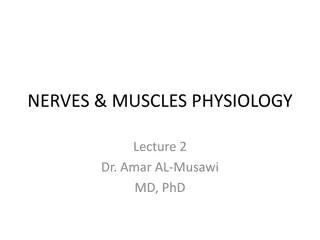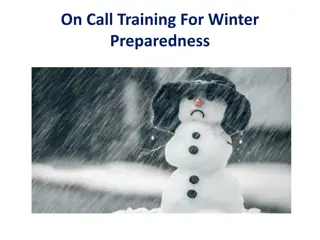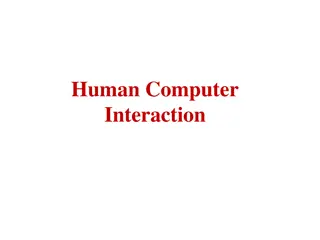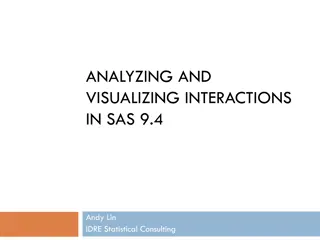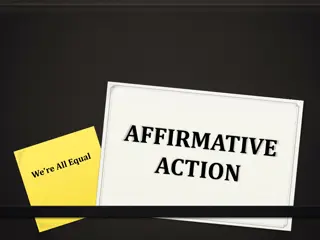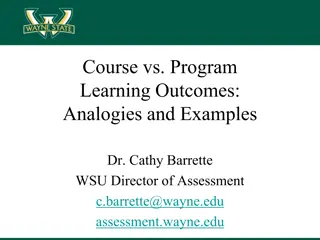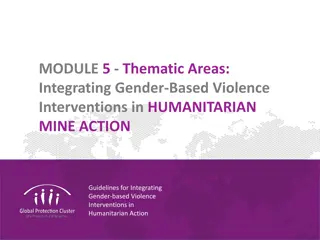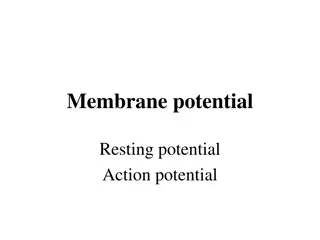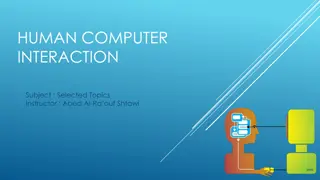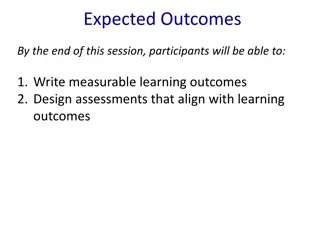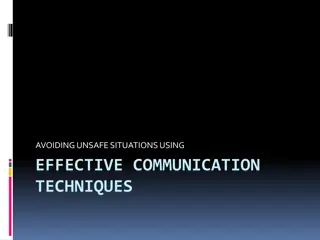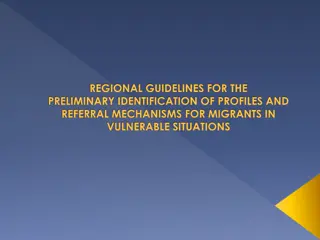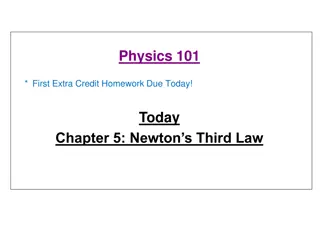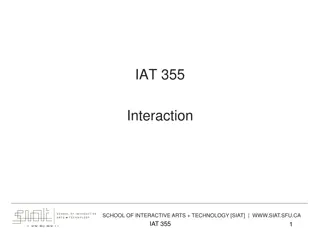Understanding Action Situations and Outcomes in Interaction
Action Situations (AS) are instances of interacting agents producing outcomes, whether aggregate or emergent, with lasting effects. These situations can be social or ecological, involving various behaviors such as trade, decision making, conflict, and more. The outcomes of ASs have causal effects on other situations, creating feedback loops. This analytical framework facilitates linking empirical data with modeling and tracking the emergence of specific interactions among agents.
Download Presentation

Please find below an Image/Link to download the presentation.
The content on the website is provided AS IS for your information and personal use only. It may not be sold, licensed, or shared on other websites without obtaining consent from the author. Download presentation by click this link. If you encounter any issues during the download, it is possible that the publisher has removed the file from their server.
E N D
Presentation Transcript
Unit of analysis: action situation (AS) Definition: instance of interacting agents that produces outcomes Agents Either social or ecoogical (S or E) Either individuals, organised groups or unorganised groups featuring the same behaviour Outcomes Aggregate (1+1=2) or emergent (1+1=A) Short or long lasting
Unit of analysis: action situation (AS) By their composition, actions situations can be: Examples Trade, decision making, conflict, information exchange Social S S Predation, comensalism, mutualism, competition Ecological E E Harvesting fish, growing vegetables, managing forest Social-ecological E S
Unit of analysis: action situation (AS) Outcomes have causal effects on other ASs: Trade Fisher Buyer Supply Price Predation (incentive/disincentive) Cod Sprat Abundance Harvest It accounts for feedbacks! Fisher Cod
Temperature, salinity Immigration of West Coast fishers Competition, predation Policy making Gov. Agent Gov. Agent Abundance Information Sprat Cod Harvesting Subsidies Catch Fisher Cod Price Market transaction Supply Fisher Buyer Technological development Cod price on external markets
Balance Advantages It includes specific social agents, therefore is applicable (Causal loop diagrams do not include people) Facilitates linkage between empirical data and AB modelling Helps to track emergence out of specific interactions of specific agents (mechanism) Can be used in workshops Compatible with other frameworks eg. morphogenetic approach. Disadvantages We are still learning how and when the tool is most useful It requires extensive empirical knowledge Not widely used (yet ;) ) Does not emphasise effects of structure, but agency (as opposed to networks)


